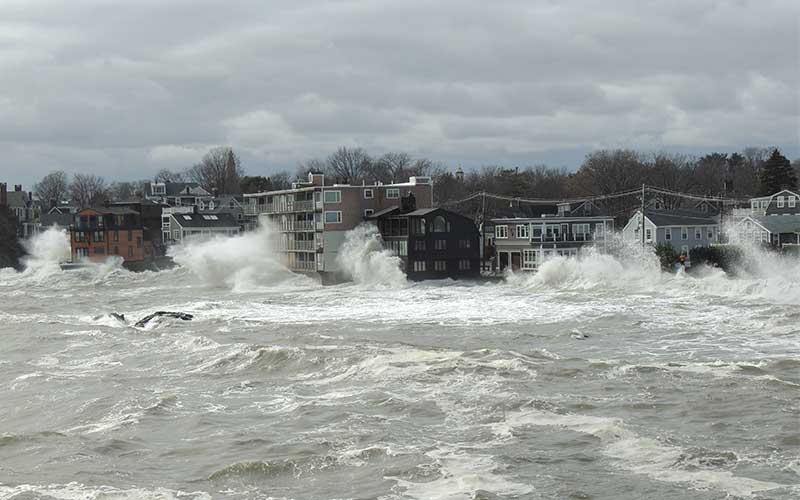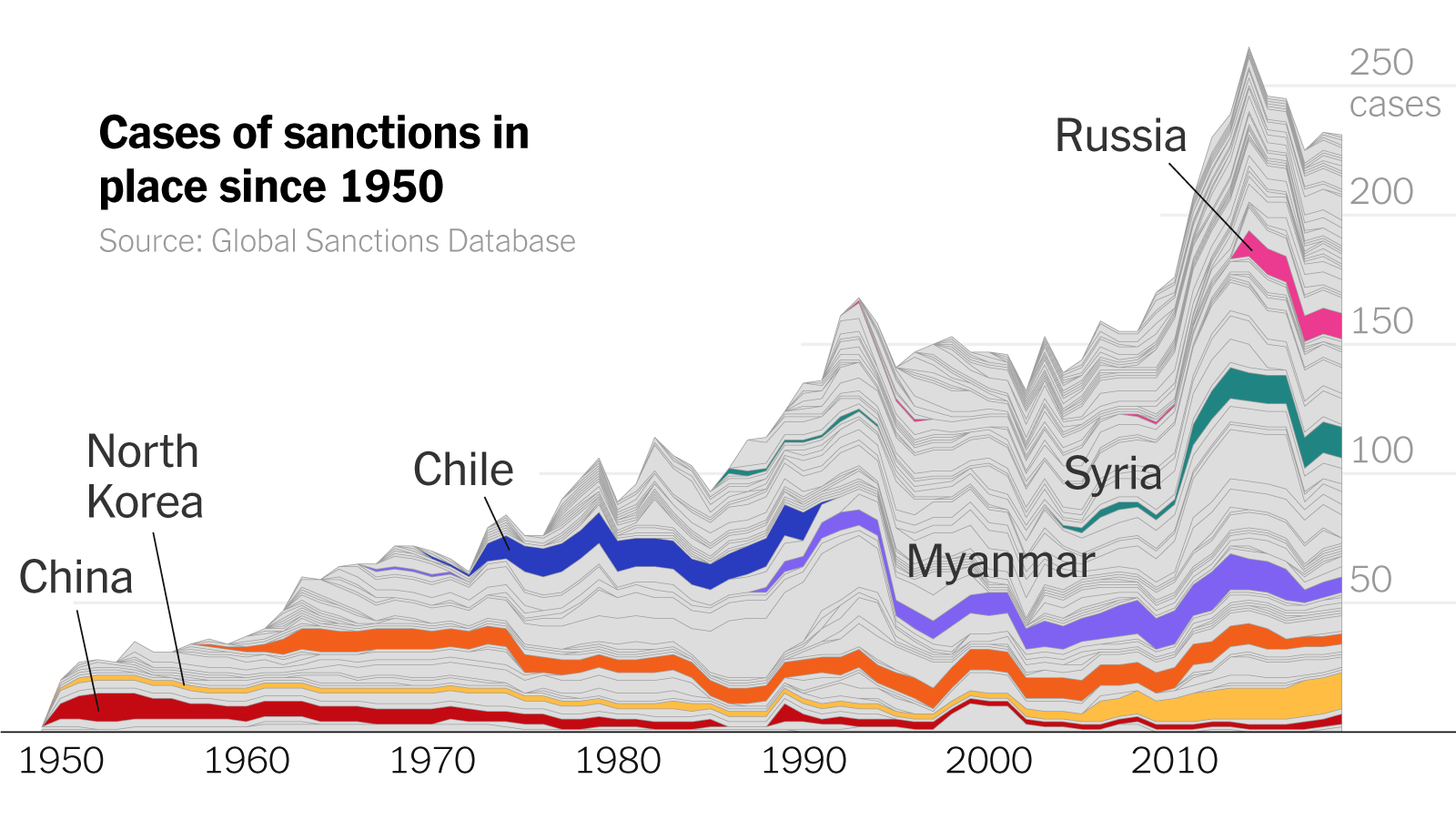Dangerous Climate Whiplash: Urgent Action Needed To Protect Global Cities

Table of Contents
Understanding Dangerous Climate Whiplash
"Dangerous climate whiplash" refers to the rapid and unpredictable shifts in weather patterns, characterized by abrupt transitions between extreme events. Instead of gradual climate change, we are witnessing a volatile cycle of intense heatwaves followed by torrential downpours, prolonged droughts succeeded by devastating floods. This unpredictable nature significantly impacts urban environments, overwhelming infrastructure and challenging established disaster management protocols. The implications for global cities are severe, demanding a shift from reactive measures to proactive adaptation strategies.
This erratic weather behavior is driven by climate change, intensifying existing weather patterns and creating new, unpredictable ones. The consequences for urban areas are multifaceted:
- Increased frequency of heat waves and cold snaps: Extreme temperature fluctuations strain power grids, increase energy consumption, and pose significant public health risks.
- More intense and erratic rainfall patterns: Flash floods and prolonged periods of heavy rainfall overwhelm drainage systems, leading to widespread infrastructure damage and water contamination.
- Rising sea levels and coastal erosion: Coastal cities face increased risks of flooding, inundation, and erosion, threatening homes, businesses, and critical infrastructure.
- Increased risk of wildfires and droughts: Prolonged droughts increase the risk of wildfires, while intense rainfall can lead to devastating mudslides, further impacting urban areas.
Impacts on Global Cities
The consequences of dangerous climate whiplash are far-reaching and deeply impact global cities across various sectors:
Infrastructure Damage
Extreme weather events inflict substantial damage on urban infrastructure. Heavy rainfall can cause road collapses, bridge failures, and damage to power grids, disrupting essential services and transportation. Heatwaves can lead to power outages and damage to water systems. For example, Hurricane Sandy's impact on New York City's infrastructure cost billions of dollars in repairs and highlighted the vulnerability of critical systems.
- Roads and Bridges: Collapses and damage due to flooding and landslides.
- Power Grids: Outages due to flooding, wind damage, and heat stress.
- Water Systems: Contamination and disruption of water supply due to flooding and damage to treatment plants.
- Transportation Systems: Disruptions due to flooding, landslides, and damage to tracks and roads.
Public Health Crises
Climate whiplash significantly impacts public health. Heatwaves lead to heatstroke and other heat-related illnesses, particularly among vulnerable populations. Heavy rainfall and flooding can cause the spread of waterborne diseases, while extreme weather events can displace populations, increasing the risk of infectious disease outbreaks.
- Heat-related illnesses: Increased hospitalizations and deaths during heatwaves.
- Waterborne diseases: Outbreaks of cholera, typhoid, and other waterborne illnesses after flooding.
- Respiratory illnesses: Increased rates of asthma and other respiratory problems due to poor air quality following wildfires.
- Mental health impacts: Stress, anxiety, and depression related to displacement and loss of property.
Economic Disruptions
The economic costs associated with dangerous climate whiplash are substantial. Damage to infrastructure, disruption of businesses, displacement of populations, and lost productivity all contribute to significant economic losses. The rebuilding process after extreme weather events can strain city budgets and hinder economic growth.
- Damage costs: Billions of dollars in repairs and reconstruction after extreme weather events.
- Business disruptions: Losses in revenue and productivity due to closures and supply chain disruptions.
- Tourism decline: Reduced tourism revenue due to damage to attractions and infrastructure.
- Insurance costs: Increasing insurance premiums for businesses and homeowners due to higher risks.
Strategies for Building Urban Resilience
Building urban resilience to dangerous climate whiplash requires a multifaceted approach that integrates various strategies:
Investing in Green Infrastructure
Green infrastructure, including urban forests, green roofs, and permeable pavements, plays a vital role in mitigating the impacts of extreme weather. These features help manage stormwater runoff, reduce urban heat island effect, and improve air quality.
- Urban forests: Reduce temperatures, absorb stormwater, and improve air quality.
- Green roofs: Reduce stormwater runoff and improve insulation.
- Permeable pavements: Allow water to seep into the ground, reducing surface runoff and flooding.
- Sustainable water management: Improved water storage and recycling systems.
Strengthening Critical Infrastructure
Investing in robust and resilient infrastructure design is crucial. This includes designing structures to withstand extreme weather events, improving drainage systems, and developing backup power sources.
- Elevated infrastructure: Raising roads, bridges, and buildings to reduce flood risk.
- Flood defenses: Constructing seawalls, levees, and other flood protection measures.
- Redundant power systems: Developing backup power sources to ensure continuous energy supply during outages.
- Improved drainage systems: Enhancing capacity to handle increased rainfall.
Implementing Early Warning Systems
Effective early warning systems are essential for mitigating the impacts of extreme weather events. These systems provide timely alerts to enable evacuation, emergency response, and damage mitigation efforts.
- Advanced weather forecasting: Utilizing sophisticated models to predict extreme weather events.
- Public alert systems: Establishing reliable communication channels to disseminate warnings to the public.
- Community preparedness programs: Training communities on emergency response and evacuation procedures.
- Real-time monitoring systems: Monitoring critical infrastructure to identify potential vulnerabilities.
Promoting Climate Change Adaptation Planning
City planning and policy play a critical role in mitigating climate risks. This involves incorporating climate change projections into urban planning, developing building codes that meet higher resilience standards, and implementing zoning regulations that minimize vulnerability.
- Climate-resilient urban planning: Integrating climate change projections into city planning and design.
- Building codes: Enforcing building codes that meet stricter standards for wind, flood, and heat resistance.
- Zoning regulations: Implementing regulations to prevent development in high-risk areas.
- Green building incentives: Providing incentives for developers to construct environmentally sustainable buildings.
The Role of International Cooperation
Addressing the challenge of dangerous climate whiplash requires international cooperation. Sharing best practices, resources, and technological advancements is crucial, particularly supporting developing countries that lack the resources to implement effective adaptation strategies. International agreements and funding mechanisms play a vital role in fostering collaboration and facilitating the implementation of climate resilience measures globally.
- Knowledge sharing: Sharing best practices and technological advancements among cities and nations.
- Funding mechanisms: Providing financial assistance to developing countries to implement climate adaptation measures.
- International agreements: Strengthening international agreements to address climate change and promote climate resilience.
- Capacity building: Providing training and technical assistance to developing countries to build their capacity to manage climate risks.
Conclusion
Dangerous climate whiplash poses a severe and escalating threat to global cities, demanding urgent and comprehensive action. The impacts on infrastructure, public health, and the economy are significant, highlighting the urgent need for proactive strategies. By investing in green infrastructure, strengthening critical infrastructure, implementing early warning systems, and promoting climate change adaptation planning, cities can enhance their resilience to these extreme events. International cooperation is essential to sharing resources, expertise, and financial support, particularly to assist developing nations in building their capacity to face these challenges. Protecting our global cities from dangerous climate whiplash requires immediate and concerted action. We must demand stronger climate policies, invest in resilient infrastructure, and support international collaborations to secure a sustainable future for urban populations worldwide. Let's work together to build more resilient and climate-safe cities.

Featured Posts
-
 Ryan Reynolds And Taylor Swift Subpoenaed Blake Livelys Lawyers Fierce Response
May 28, 2025
Ryan Reynolds And Taylor Swift Subpoenaed Blake Livelys Lawyers Fierce Response
May 28, 2025 -
 Roof Collapse In Tucson Firefighters Avoid Major Disaster
May 28, 2025
Roof Collapse In Tucson Firefighters Avoid Major Disaster
May 28, 2025 -
 Rising Rainfall Amounts In Western Massachusetts Due To Climate Change
May 28, 2025
Rising Rainfall Amounts In Western Massachusetts Due To Climate Change
May 28, 2025 -
 Sabalenkas Roland Garros Victory Overshadows Nadals Emotional Exit
May 28, 2025
Sabalenkas Roland Garros Victory Overshadows Nadals Emotional Exit
May 28, 2025 -
 Germany Authorizes Ukraine To Strike Deeper Into Russian Territory
May 28, 2025
Germany Authorizes Ukraine To Strike Deeper Into Russian Territory
May 28, 2025
Latest Posts
-
 Cyberpunk 2 Cd Projekt Reds Next Steps
May 30, 2025
Cyberpunk 2 Cd Projekt Reds Next Steps
May 30, 2025 -
 Baylor Football Player Death Alex Foster Killed In Gunfire City Under Curfew
May 30, 2025
Baylor Football Player Death Alex Foster Killed In Gunfire City Under Curfew
May 30, 2025 -
 Us Sanctions Impact On Countries With Strict Social Media Regulations
May 30, 2025
Us Sanctions Impact On Countries With Strict Social Media Regulations
May 30, 2025 -
 Foreign Officials Face Us Ban For Social Media Censorship
May 30, 2025
Foreign Officials Face Us Ban For Social Media Censorship
May 30, 2025 -
 Repetitive Documents Ai Creates A Profound Poop Podcast Experience
May 30, 2025
Repetitive Documents Ai Creates A Profound Poop Podcast Experience
May 30, 2025
